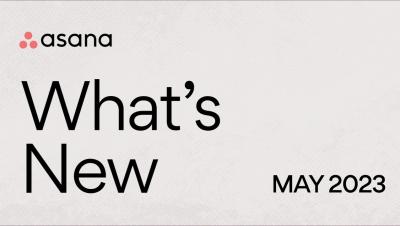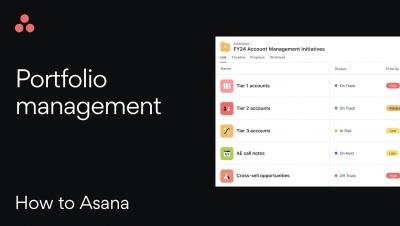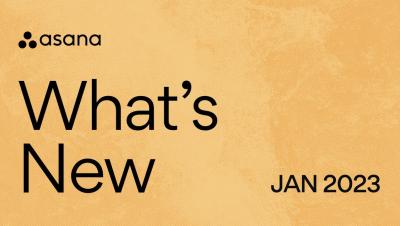What's New in Asana | May 2023
Welcome to the May edition of What’s New in Asana! First, communicate with your team more clearly by adding headings, images, and tables to your comments. Next, critical path in the Timeline view lets you quickly see which tasks are crucial for completing your project. Finally, now you can duplicate existing dashboards in the “Reporting” tab for easier setup and standardization across your organization.











